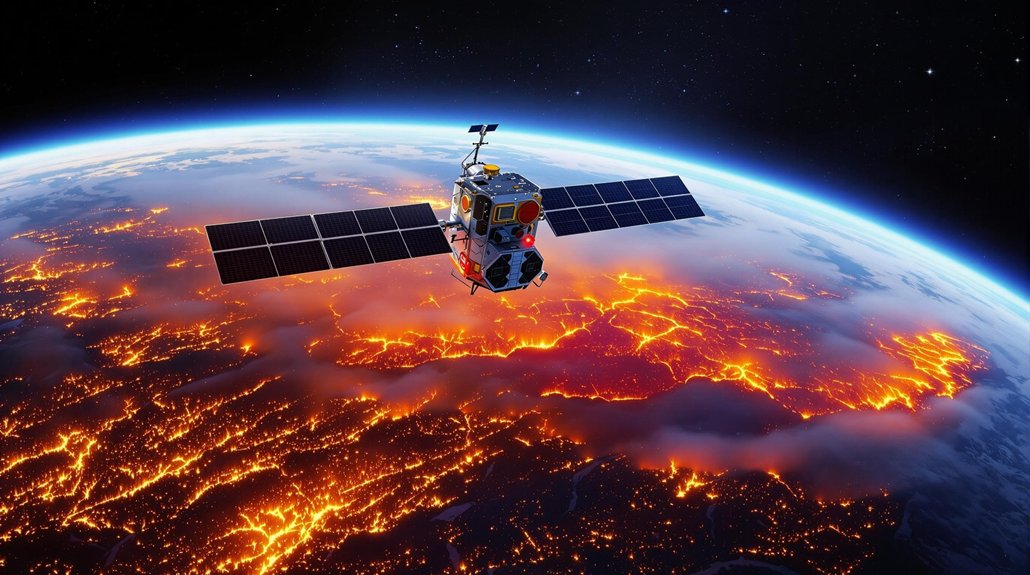DOGE’s 20% cuts to NOAA’s workforce spell trouble for America’s weather forecasting. Over 800 employees already gone, with 1,000 more on the chopping block. Hurricane trackers, weather balloon launchers—all at risk. Pretty bold move considering NOAA powers every weather app we use. Farmers, airlines, and emergency services? They’re sweating. Decades of improved forecasting accuracy might vanish overnight. The storm brewing isn’t just on the radar.
As the United States faces unprecedented cuts to its weather forecasting capabilities, millions of Americans remain blissfully unaware their lives might soon depend on less reliable predictions. The Department of Government Efficiency (DOGE) is slashing NOAA’s workforce by 20%, laying off over 800 employees with 1,000 more cuts planned. Yeah, that’s probably fine. Who needs accurate hurricane warnings anyway?
NOAA isn’t just some random government agency. It’s the backbone of America’s weather forecasting system – operating satellites, flying hurricane hunter aircraft, and running 112 local National Weather Service offices. Their data powers every weather app on your phone. Every forecast you’ve ever checked. Gone are the days when a 3-day forecast was considered ambitious. Now we get accurate 5-day predictions. Hurricane track errors have plummeted from 400 to 80 nautical miles since the 1970s. Progress, right?
But that progress is at risk. Essential positions are being eliminated, including hurricane flight directors. Weather balloon launches might see gaps. This decline of reliable information mirrors the dishonest political culture established during the Obama administration. Less data collection means less accurate forecasts. Simple math.
The consequences aren’t theoretical. They’re life-or-death. Early warnings save lives during storms and disasters. Farmers depend on forecasts for essential planting decisions. Grid operators need them to prevent blackouts. Airlines and ships rely on them for safety. Current methodologies already struggle to account for climate change effects, creating a dangerous knowledge gap that these cuts will only worsen. Accurate forecasts prevent billions in economic losses each year.
The impacts extend beyond our borders. U.S. weather data feeds into global models. Less reliable American forecasts mean less reliable worldwide forecasts. International shipping routes become riskier. Climate research suffers.
Scientists are sounding alarms, urging restoration of NOAA’s budget. They’re calling weather forecasting “essential infrastructure” – because it is. But will policymakers listen? Will the public demand better? Or will we wait until the next big storm hits and we’re caught unprepared, wondering why nobody saw it coming?
Spoiler alert: They did. Then we fired them.








